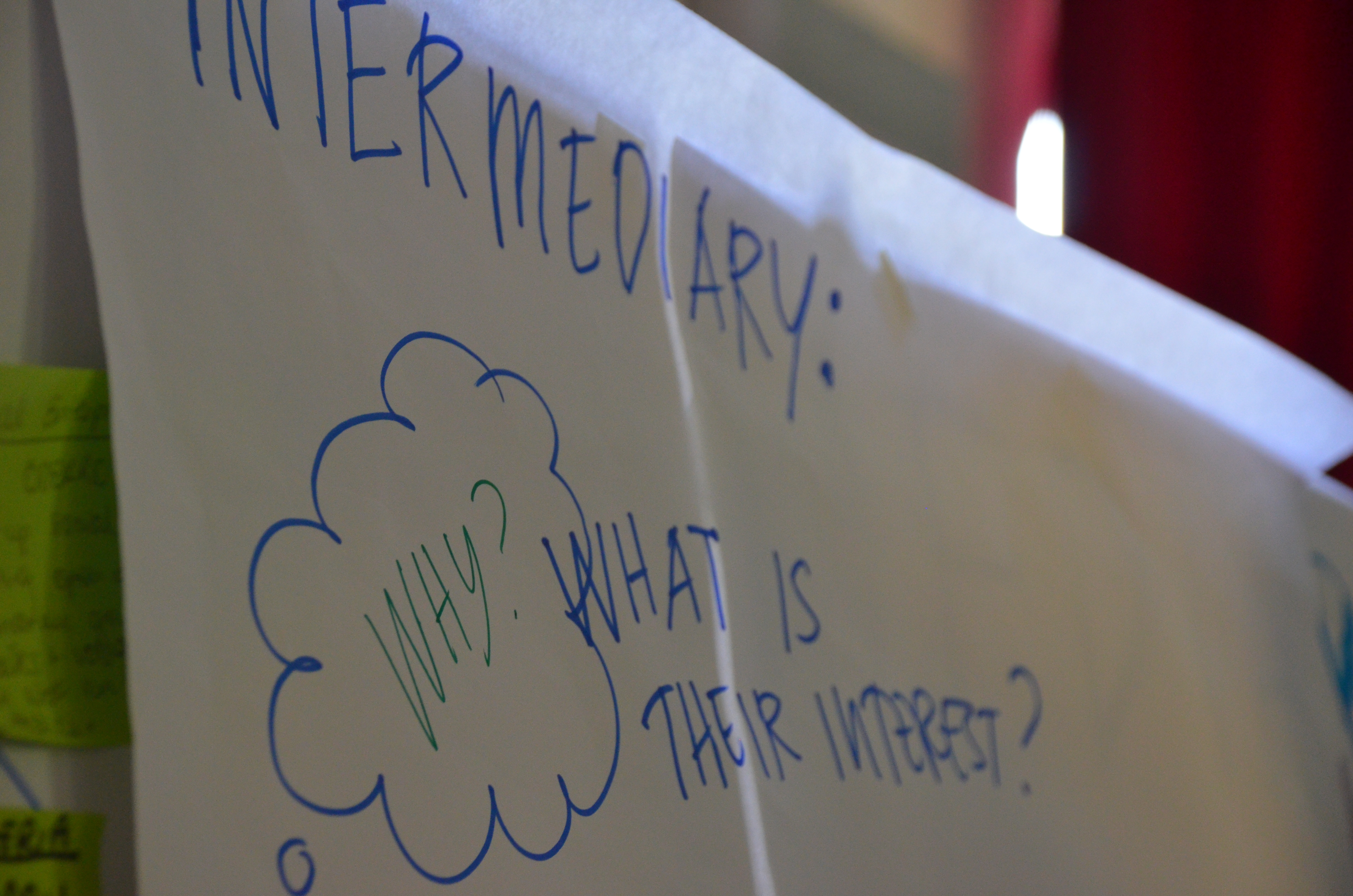[Ed Note: The following post is part of the TLF Editorial Board Test 2020-21. It has been authored by Dhananjay Dhonchak, a second year student of NALSAR University of Law.] The commercialisation of sport coupled with advancements in technology have made it possible to collect and analyse vast reams of data generated in sporting activities….
Tag: Copyright
Protection for non-expressive use in India
This post has been authored by Unmekh Padmabhushan, a final year student of National Law University, Jodhpur. Machine learning is the process by which a piece of software is able to expand upon its capabilities and knowledge in a self-driven manner without any significant human input. This technology has been used, for example, in disaster…
Internet Broadcasting: Section 31D of the Copyright Act, 1957
This post has been authored by Anamika Kundu, a fourth year student at West Bengal University of Juridical Sciences (WBNUJS), Kolkata. It discusses Section 31D of the Copyright Act (put year), introduced in the 2012 Amendment. With the advent of smartphones and numerous interactive mobile applications, listening to music through apps have become a common…
Is Embedding a YouTube Video Legal?
This piece has been authored by Jubin Jay, a final year student at National Law University, Odisha (NLUO). A lot of people use YouTube videos to enhance their online articles or webpages. Some provide a regular link to the YouTube video while some provide with an embedded link of the same. While embedding, the video…
Article 13 of the EU Copyright Directive: A license to gag freedom of expression globally?
The following post has been authored by Bhavik Shukla, a fifth year student at National Law Institute University (NLIU) Bhopal. He is deeply interested in Intellectual Property Rights (IPR) law and Technology law. In this post, he examines the potential chilling effect of the EU Copyright Directive. Freedom of speech and expression is the bellwether…
The “Bang Bang” Order: ‘Likely’ Copyright Infringement Trumps Intermediary Immunity
(Image Source: https://flic.kr/p/o9EcaJ) This post examines the order given by the Delhi High Court (DHC), which is the third in a series of worrying orders by the DHC, from the perspective of Intermediary Liability. In order to ensure no possible online access to Bollywood film “Bang Bang” which released on Oct 2, the Delhi High Court…
Digital Piracy: Adapt or Deter?
(Image Source: https://flic.kr/p/4LPBEm) (The author would like to thank Swaraj Paul Barooah for his valuable insights.) Let me begin by putting forward a basic question – when was the last time you actually paid to download a song? And trust me, you deserve a pat if your answer is anywhere within the last two years. In…

